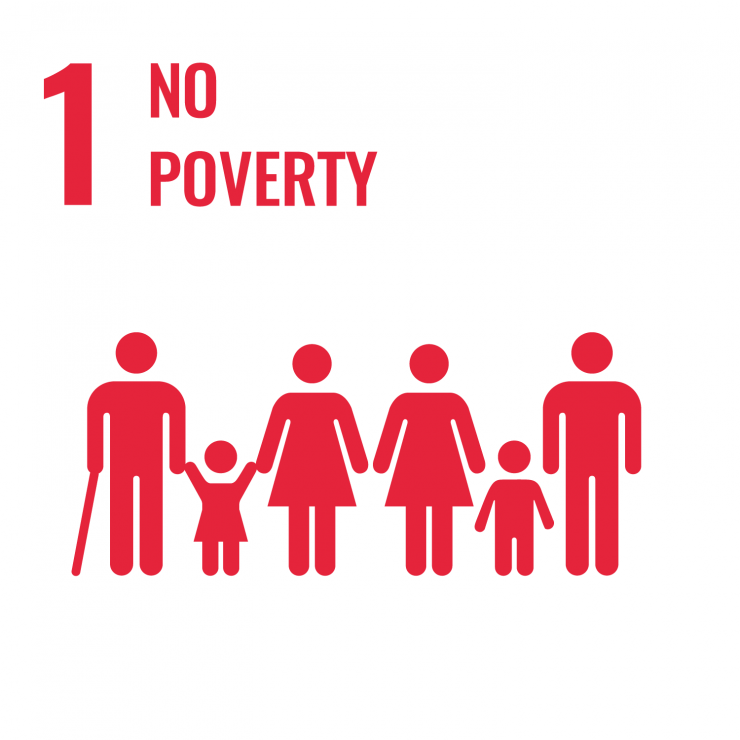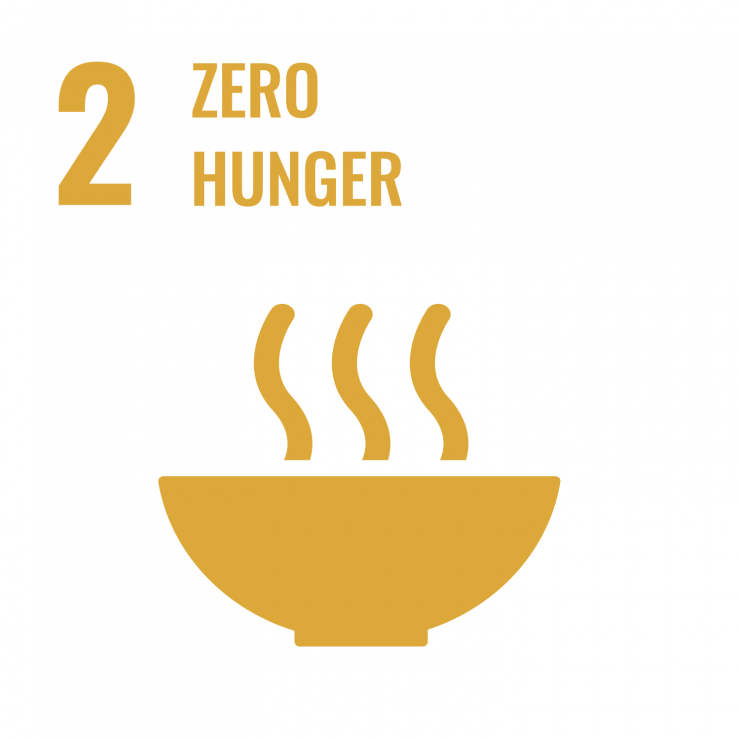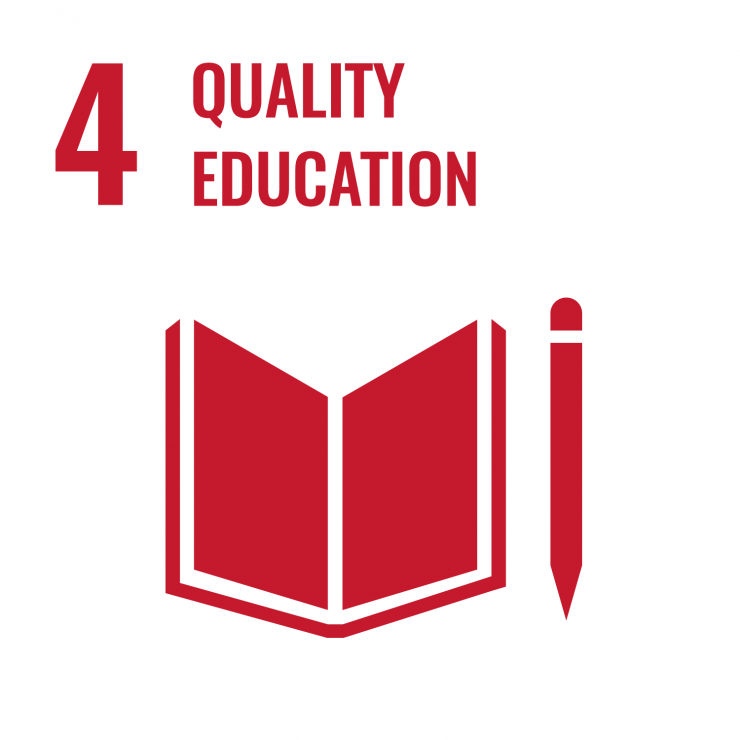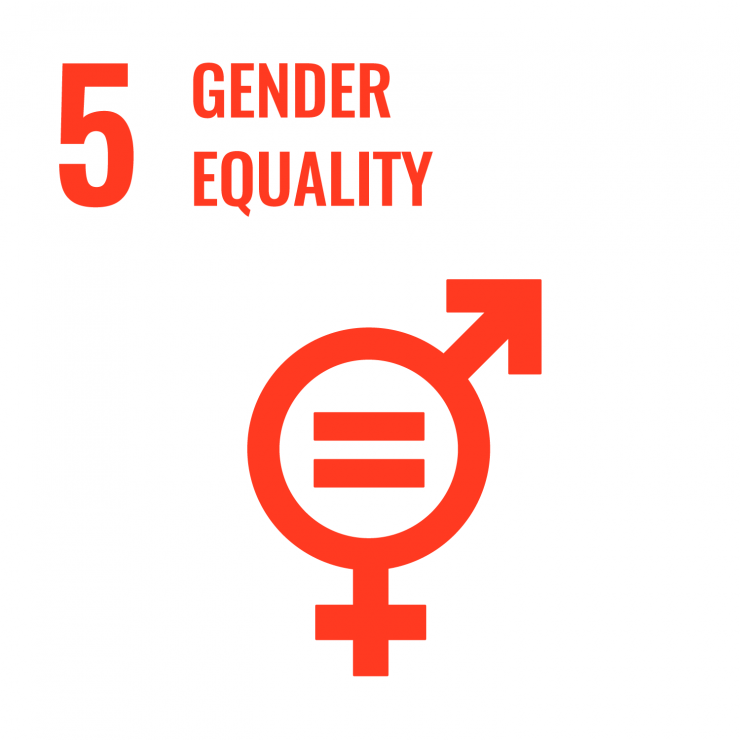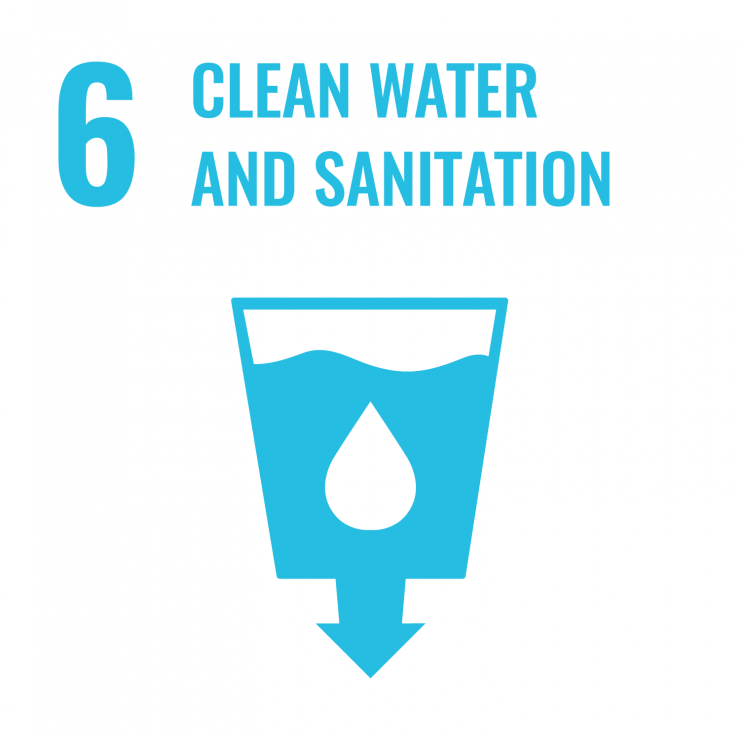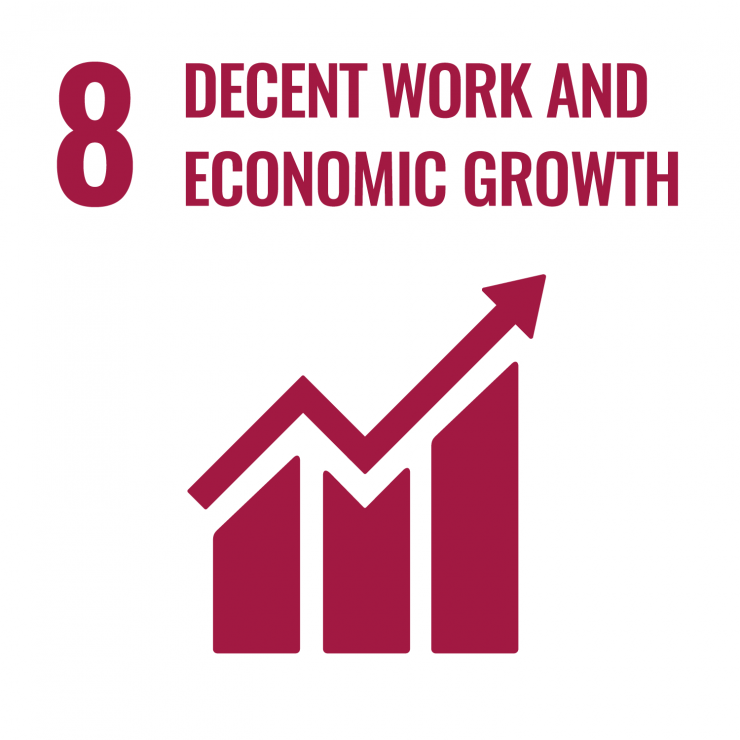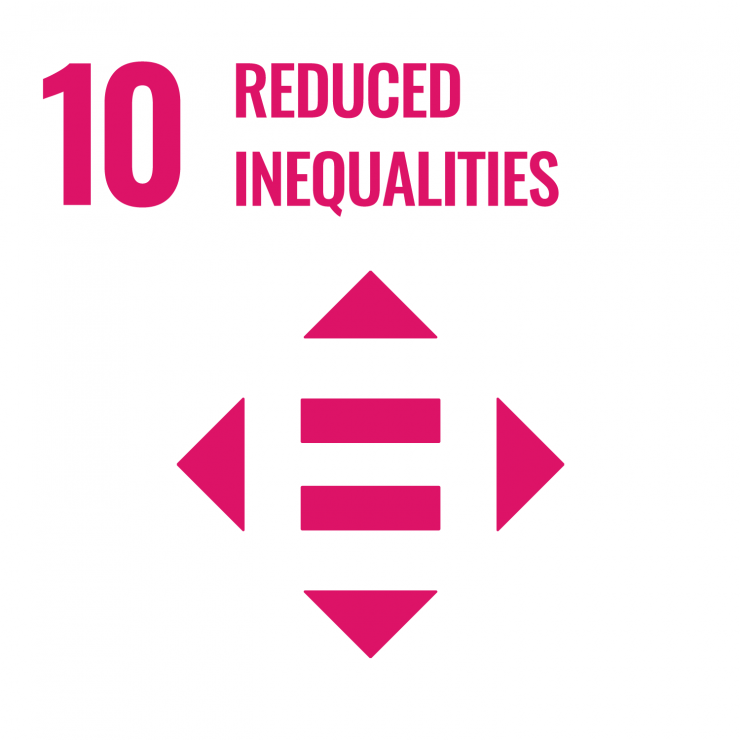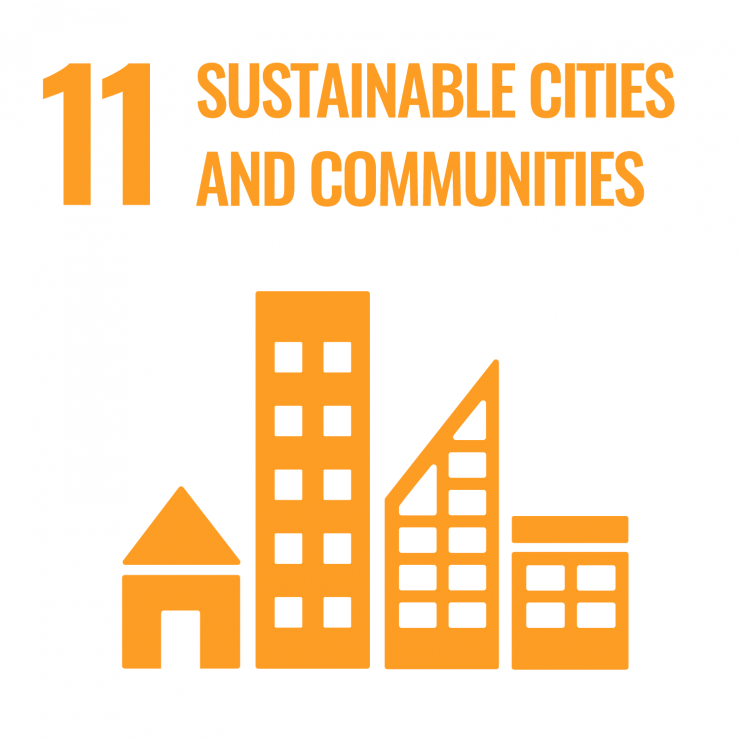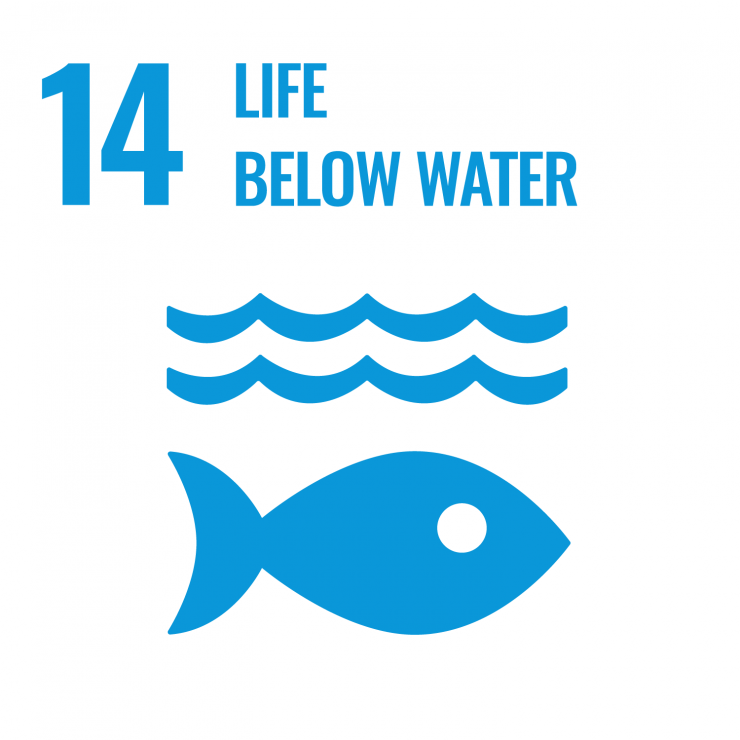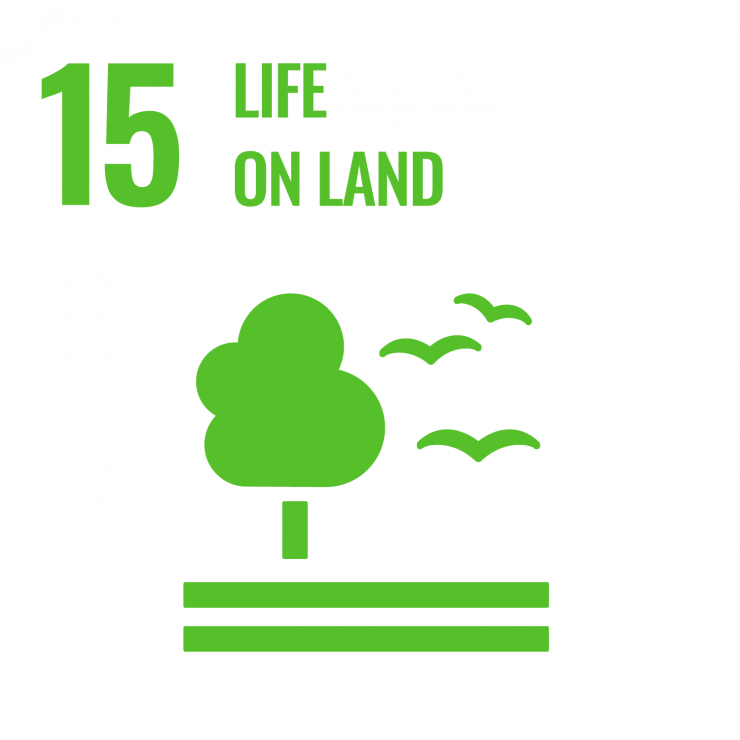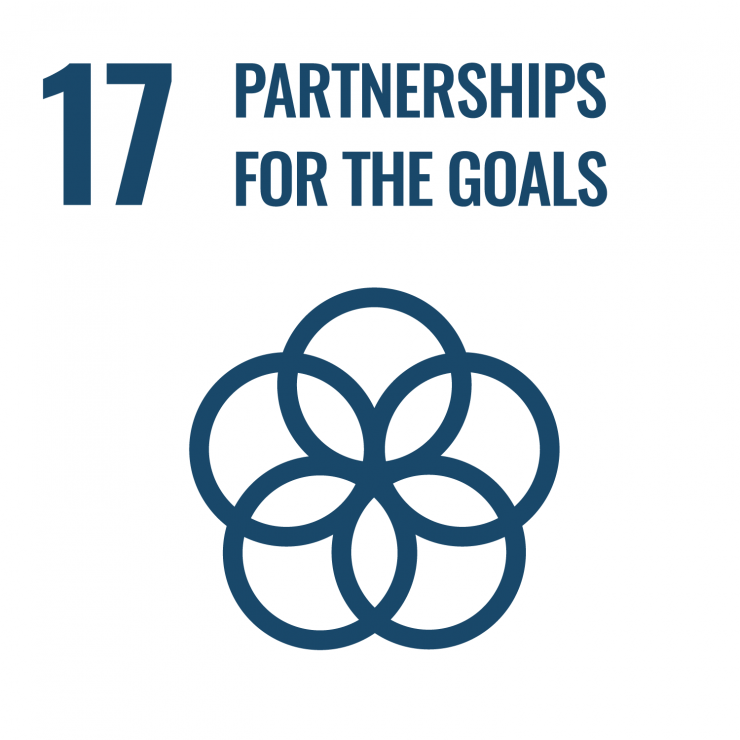Authors: Alejandro Estrada, Paul A. Garber, Sidney Gouveia, Álvaro Fernández-Llamazares, Fernando Ascensão, Agustin Fuentes, Stephen T. Garnett, Christopher Shaffer, Júlio Bicca-Marques, Julia E. Fa, Kimberley Hockings, Sam Shanee, Steig Johnson, Glenn H. Shepard, Noga Shanee, Christopher D. Golden, Anaid Cárdenas-Navarrete, Dallas R. Levey, Ramesh Boonratana, Ricardo Dobrovolski, Abhishek Chaudhary, Jonah Ratsimbazafy, Jatna Supriatna, Inza Kone, Sylviane Volampeno.
Primates, represented by 521 species, are distributed across 91 countries primarily in the Neotropic, Afrotropic, and Indo-Malayan realms. Primates inhabit a wide range of habitats and play critical roles in sustaining healthy ecosystems that benefit human and nonhuman communities. Approximately 68% of primate species are threatened with extinction because of global pressures to convert their habitats for agricultural production and the extraction of natural resources. Here, we review the scientific literature and conduct a spatial analysis to assess the significance of Indigenous Peoples’ lands in safeguarding primate biodiversity. We found that Indigenous Peoples’ lands account for 30% of the primate range, and 71% of primate species inhabit these lands. As their range on these lands increases, primate species are less likely to be classified as threatened or have declining populations. Safeguarding Indigenous Peoples’ lands, languages, and cultures represents our greatest chance to prevent the extinction of the world’s primates.


